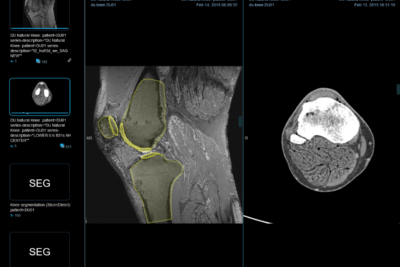
Block Stacking and Point of View Puzzles

These block stacking and point of view puzzles allow students to practice reading text and determining narrator for a story. Students will read two stories per slide and select the correct narrator for the stories by finding the right puzzle piece. The template has been modified for digital use, but the same concept applies. Once students understand how to identify the point of view in a story, they can apply the technique to other puzzle types.
3rd person point of view puzzles
You've probably heard about the Cain's Jawbone literary puzzle, but what is it, and how do you solve it? Well, it is one of the most enduring literary puzzles, and luckily for us, John Finnemore was able to solve it! It's a super-tough puzzle, but it has been around for over 90 years! The puzzle is a four-letter phrase - can you find the three characters hiding in the background?
Block stacking puzzles
Point of view puzzles can be used to engage students while learning a topic. This type of puzzle is not only useful in math or primary grades. There are many kinds of point of view puzzles, including digital and printable versions. You can even find puzzles that let students choose the narrator. Here are some examples. You can try these puzzles with first person, third-person, or both points of view.
The most popular point of view puzzle is the one with the biggest number of pieces. It measures nine inches by twelve inches, and the pieces are made of plastic. The letters on the correct path spell out a mystery word. You can use the mazes to help students identify which view they're looking at and practice identifying point of views. You can also find printable versions that allow students to check their own path. In this case, you'll want to make sure your students understand that they are completing the correct path before presenting them with the completed puzzle.
Perspective puzzles
In the world of video games, the concept of changing perspective is not new, but few games take this approach as radically. For instance, the puzzle game Perspective was developed by students at DigiPen in 2012. The player is free to move in a 3D environment with a first-person camera, and can use the same control method to move his 2D avatar around rooms and create different paths in the game world. The player can also use perspective tricks to solve puzzles.
The basic idea behind a perspective puzzle is to connect two objects together so that they will fit in the same window or button. As the player progresses through the game, he or she will unlock new rooms and areas that require different puzzle solutions. Eventually, players can buy souvenirs from a gift shop and leave comments in the game's comment section. It's important to remember that the comments will be moderated, and if they are offensive, they will not be published.
Fortunately, the game is free, and Pillow Castle Games is adding a multiplayer mode to the game this fall. Now you can play with friends and solve puzzles together. You can also play multiplayer versions of Superliminal, which will feature an obstacle course and an experimental "battle royale" mode. There's no shortage of games with this type of difficulty, but perspective puzzles will probably remain the most difficult to master.
Leave a Reply




You may also like